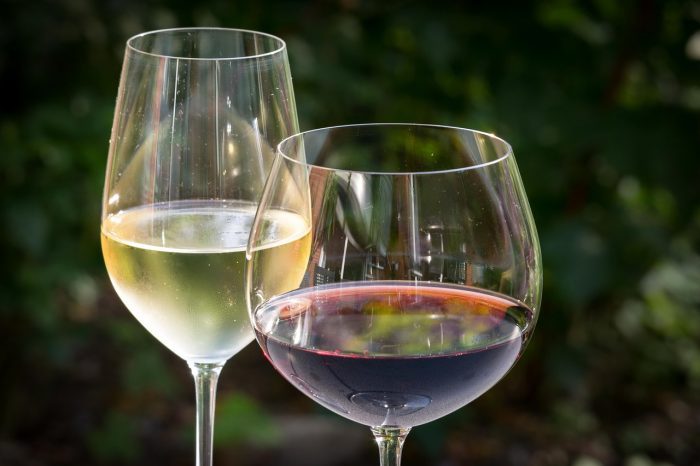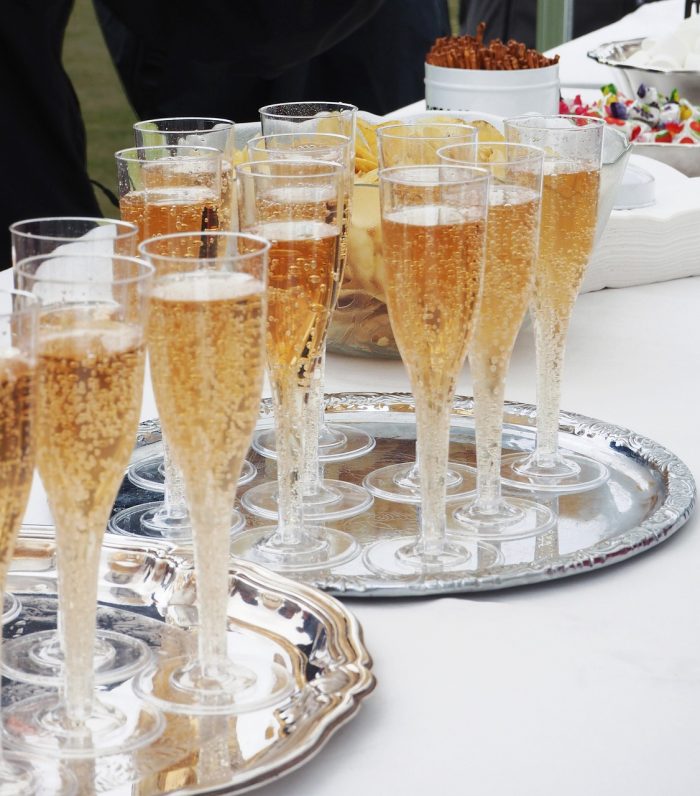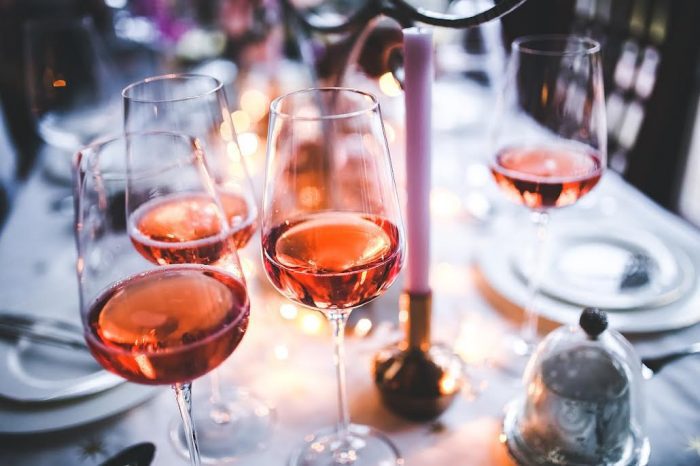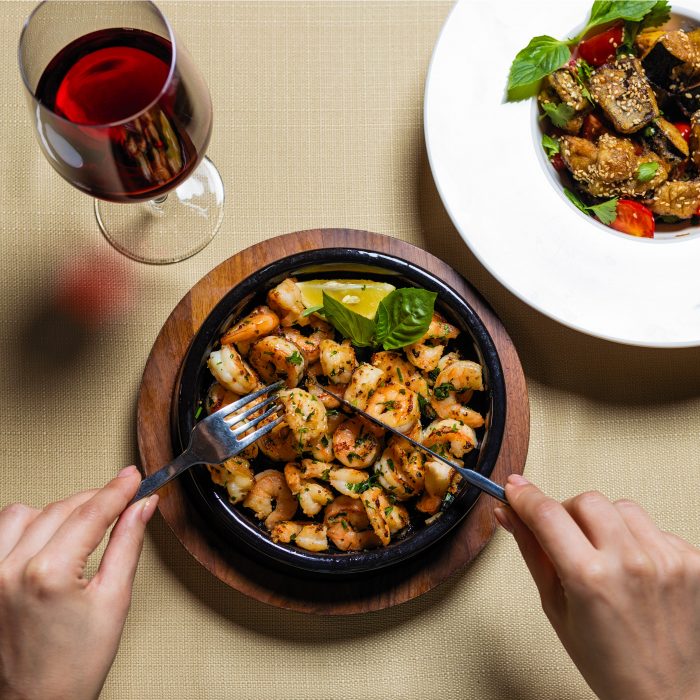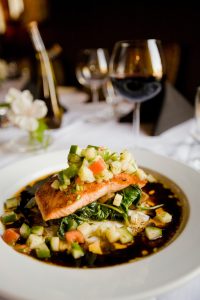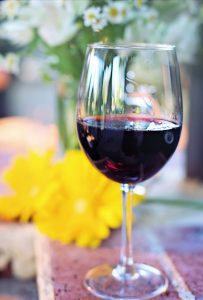By Bob Lipinski

Côtes du Rhône, the largest appellation in Southern Rhône, produces red, white, and rosé wines from anywhere in the Rhône Valley, although most of the wines are from the south. The term côte refers to wines made from grapes grown on the banks of the Rhône river because côte means hill or slope in grape-growing areas.
Over 90 percent of the wines from Côtes du Rhône are red, with lesser amounts of rosé and white. Red and rosé wines are made principally from Grenache, Syrah, and Mourvèdre grapes. White wine is made principally from Marsanne, Roussanne, Bourboulenc, Grenache Blanc, Clairette, and Viognier grapes.
Côtes du Rhône-Villages is a superior quality wine, comprising red, white, and rosé wines from 22 southern Rhône Valley villages. Wine made in these villages may append their name to the appellation or be labeled as Côtes du Rhône-Villages if it is a blend of wines from two or more villages.
You can find many great value wines from the Côtes du Rhône for under $20.
2022 Réserve Mont-Redon “Côtes du Rhône” Blanc (Blend of Grenache Blanc, Clairette, Bourboulenc, Roussanne, and Picpoul grapes). A full bouquet and flavor of orange peel, peach, and pear. Clean in the mouth with a crisp-mineral character and a long aftertaste.
2021 Vidal-Fleury “Côtes du Rhône” Blanc (Blend of Viognier and Grenache Blanc grapes). Aromas of pear, tangerine, and stone fruit with flavors of melon, bitter almond, and lemon. A long, creamy aftertaste with hints of white pepper.
2021 Chapoutier Côtes du Rhône “Belleruche” (Blend of Grenache and Syrah grapes). Cherry colored with a fruity bouquet and taste of cherries, red currants, licorice, and raisins, with hints of lavender. Lively in the mouth with a pleasing jammy aftertaste.
2020 Gabriel Meffre Côtes du Rhône “Saint-Nicolas” (Blend of Grenache and Syrah grapes). Richly colored with a full bouquet of blackberries, morello cherry, and black pepper. Full flavors of mulberry, mint, and spicy jam, with a tart-berry aftertaste.
2020 Vidal-Fleury “Côtes du Rhône” Rouge (Blend of Grenache, Syrah, Mourvèdre, and Carignan grapes). Bouquet and flavor of chocolate-cherry, raspberry, and cola. Medium-bodied with hints of mint, spice, leather, and plums. A light aftertaste of roasted nuts.
2020 Perrin Côtes du Rhône-Villages (Blend of Grenache and Syrah grapes). Dark ruby color with a bouquet and flavor of black cherries, plums, blackberry, licorice, and spicy-vanilla. There are hints of rosemary and tobacco, with a smooth finish and a tart-berry aftertaste.
Bob Lipinski is the author of 10 books, including “101: Everything You Need To Know About Whiskey” and “Italian Wine & Cheese Made Simple” (available on Amazon.com). He consults and conducts training seminars on Wine, Spirits, and Food and is available for speaking engagements. He can be reached at www.boblipinski.com OR [email protected]

